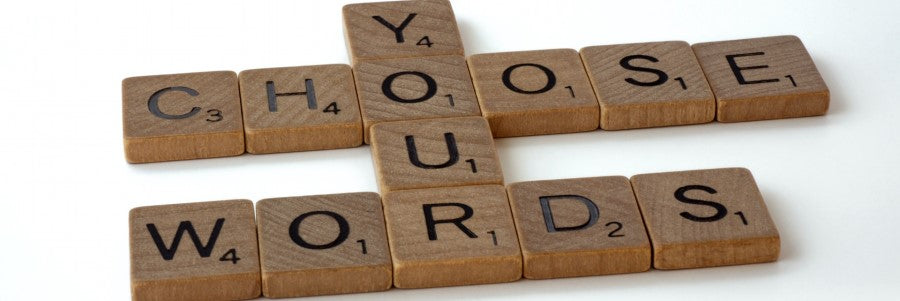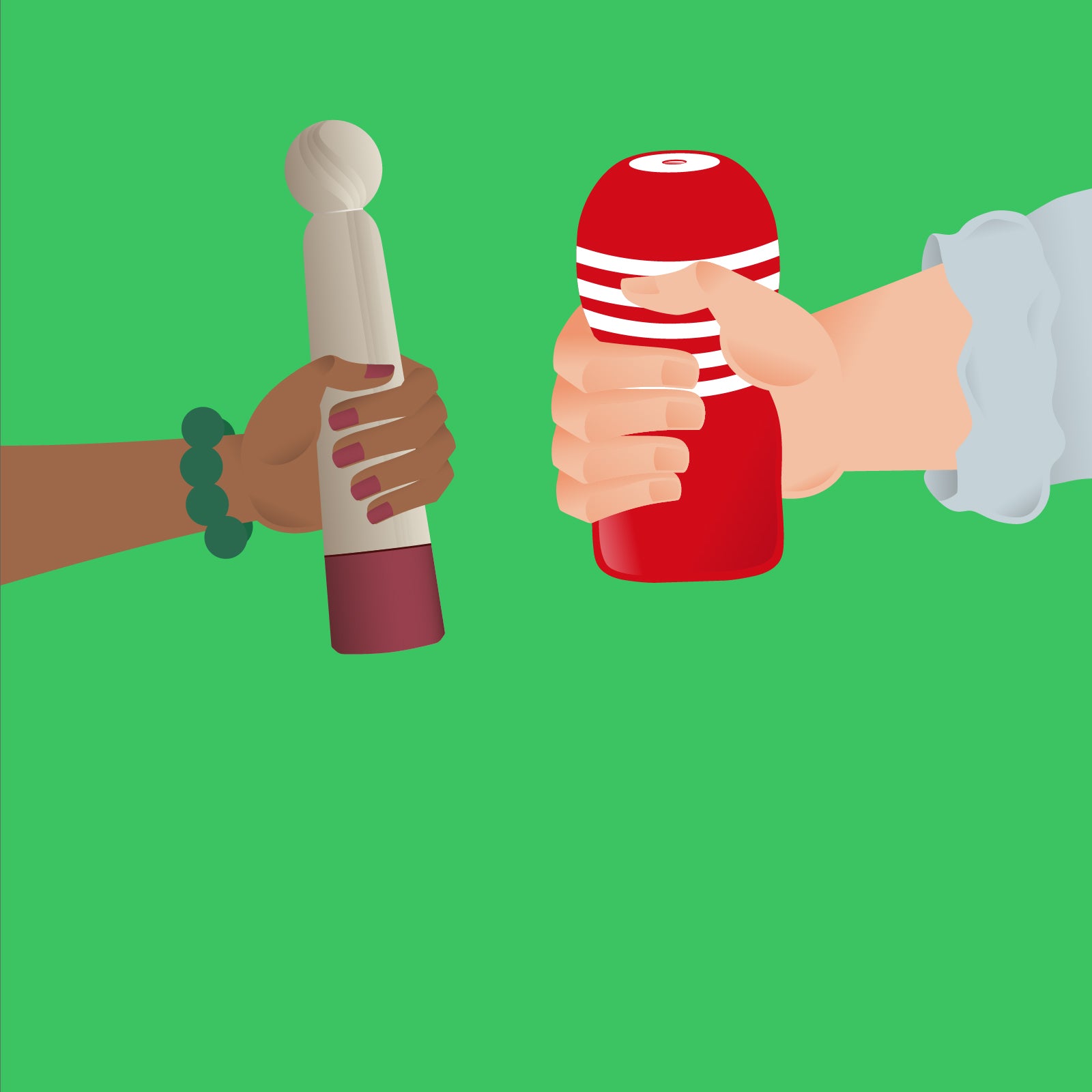
A Brief History of Sex Education: Has Sex Education Evolved or Is It Outdated?
Sex and issues surrounding the topic such as masturbation, sexually transmitted infections (STIs), and pregnancy are an important part of our development throughout our lives. Yet the information surrounding these topics are often seen as taboo and not widely discussed. This is especially difficult to learn or talk about within our youth. This can be a problem when entering adulthood with misinformation or misunderstandings, leading to a lot of problematic and even dangerous issues for some in later life.
So what about sex education? Does it prepare us well enough for life? Is it even up to date? Let’s take a quick look at the history of sex education in general. This will mainly be focused on English-speaking Sex Education, predominantly from the US and the UK.
Contents
A Lost History Of Sex Education

A lot of verifiable history on the beginnings of sex education is difficult to find, with even academics not really knowing much about the origins. Sex education seems to have been less about sexual education for the masses and more about general directions on what or what not to do. The Chamberlain-Kahn Act in 1918 for example, instructed that soldiers be educated on syphilis and gonorrhoea. We know that in the 1920s in the US at least, that sex education was introduced to schools and by the 1930s-40s there were human sexuality courses in colleges.
What we can do is look at how events and time periods had a more direct effect on the changes to sex education and attitudes surrounding these issues.
How World War I and II Affected Sex Education

The First and Second World War saw an unprecedented mass movement of soldiers and civilians to other countries. It, of course, didn’t take long for this shift in so many people to different places to have an effect on the population. Soldiers and local women mingling and having sex lead to situations, for example, of 600 soldiers daily being unable to fight due to STIs. The largest cause of this being the previously mentioned syphilis and gonorrhoea. Due to this, a larger emphasis of the wider understanding and education around these sexual health issues was implemented towards the general public as well as an increase in school sex education.
Sex Education in the 1950s to 1960s

In the 1950s sex education was more widely seen in schools, but the discussion around the topic was limited at best. In fact, it was described mostly with botanical terms or with videos of farm animals as demonstrations. Not really the best way to make young people understand the implications on a personal level.
By the 1960s there had been slight progress in gender studies, but the only potential positive was the wider discussion of female menstruation (something that was only talked about in whispers or discreet pamphlets from the 1940s until then). Issues surrounding homosexuality, contraception and sex did get talked about, but the focus was largely around sex education for ‘family life’.
Sex Education in the 1970s to 1980s

By the 1970s, biology books had at least evolved to display a more accurate depiction of genitalia which was a step in the right direction. If you lived in the UK during that period you were in for a shock too. In 1971, Dr Martin Cole released the sex education film Growing Up, the first non-pornographic film to be released in the UK that featured real sexual intercourse and scenes of both men and women masturbating. There was finally a shift to acknowledging a newly expanded definition of ‘normal’ sexual activities.
The 1980s saw another change in the goals of sex education to society. The growing acceptance of feminist-thinking led to an increase in educational topics that encouraged pupils to examine the roles of women and men in society. Sex education programmes also began to try to also teach skills for decision-making, personal relationships, parenting and coping skills.
These skills became integrated into sexual discussions, with sex education programmes increasingly talking about enabling young people to think for themselves and make their own informed decisions about issues that concerned their sexuality. However, when the HIV/AIDS crisis hit, multiple governments started a counter-movement of legislation against such freedoms as contraception at a young age and in the US especially, a move towards the promotion of abstinence.
How Sex Education ‘Evolved’ In The Modern Era

All the above sounds pretty bleak, but in the modern era with the internet at our disposal surely things are different, right? Well, yes and no. Sex education within the classroom now cover more topics such as gender identity, sexual orientation, and masturbation more than in previous decades, but it’s still muted and limited. With the advent of the internet, however, teens nowadays have easier access to pornography, as well as information about sex and masturbation - for better or for worse.
Is Current Sex Education Sufficient?

With technology and societal issues evolving and changing faster than ever, sex education could be argued to not be enough to cover all current topic. Although issues surrounding all the modern topics of sexuality are, by and large, covered, issues such as ‘being confident to say no’ or ‘ explain personal choice’ still aren’t taught. Trends such as the #METOO movement have highlighted this, to the point where change is being called for. Although difficult, it is up to the older generations to ensure that as time progresses, younger generations can be as well prepared and informed as possible. With awareness of issues around sexuality, masturbation and sexual health increasing, we can only hope to see sex education improve in the future.






